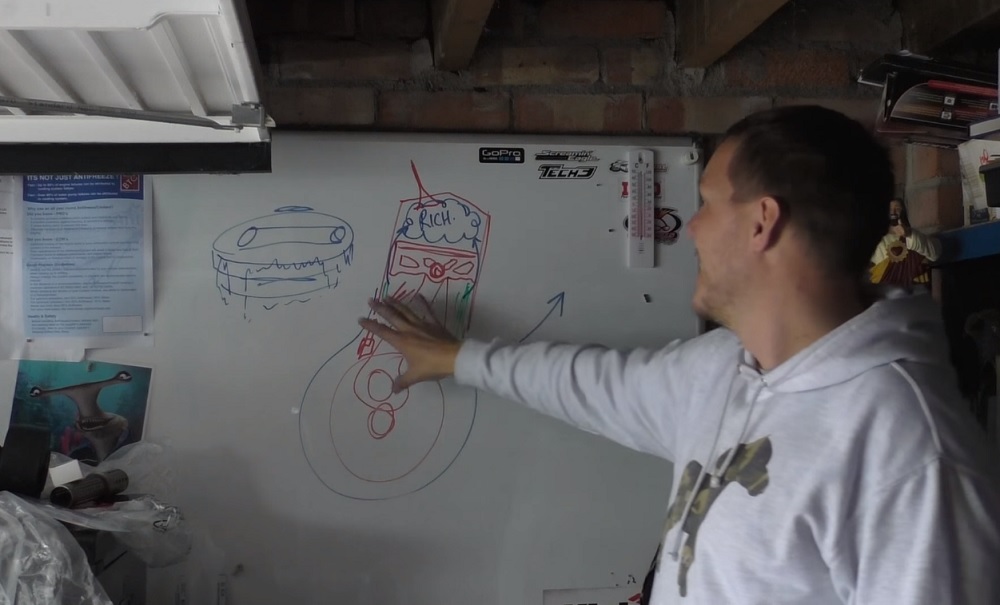How Mercedes F1 Engines Burn Oil to Make Extra Power
But don’t start thinking that an old, oil-burning engine is making more power before its demise.
[Editor’s Note: Video contains some NSFW language.]
The most recent set of Formula 1 engine rules have sparked some incredible creativity, particularly from Mercedes-Benz. The Mercedes team made waves in the rules’ first season, 2014, with their split-turbo system. More recently, Mercedes and other engine builders made headlines by bumping horsepower through burning engine oil as fuel.

For the layman, burning oil indicates a wounded engine, but as the host of The Workshop explains, all engines burn oil. Most healthy engines burn amounts you’d never notice. This oil comes from the cylinder walls in lubricating piston rings and also from the positive crankcase ventilation (PCV) valve.
The Workshop host — clearly not an F1 fan, by the way — goes over how these things happen in an ordinary engine before diving into what F1 teams like Mercedes have undertaken. F1 regulations limit the amount of oil burning on a per-100 kilometers basis. That means that the engines can’t burn oil all the time. However, engineers can use the oiling systems to increase horsepower in particular situations and to stretch fuel usage.
For example, engine-control computers can be tuned with fuel maps that adjust settings like turbo boost pressure to allow oil, which may have some performance additives, in as extra fuel. With commensurate timing changes, that can add power during qualifying or even in short bursts when needed during the race.
It certainly makes things interesting and the cars are allowed to burn 1.8 liters of engine oil over the course of a 200-kilometer grand prix. That’s a pretty small boost, but every thousandth of a second matters during F1 qualifying.
This isn’t the first time we’ve seen major innovation and/or “rules-bending” from Mercedes’ F1 engine. Jason Fenske of Engineering Explained also covered the 2014 Mercedes F1 engine’s split-turbo design shortly after Lewis Hamilton won his second championship.
